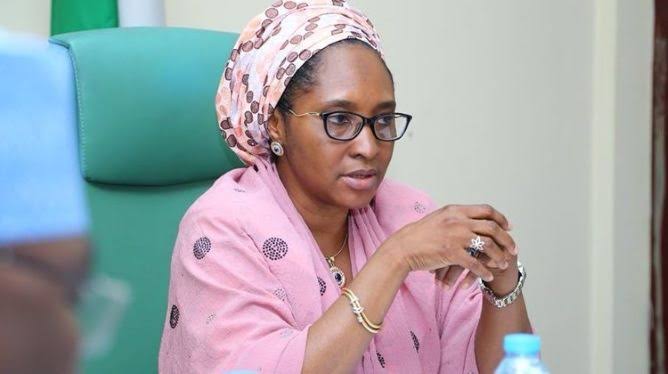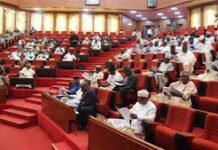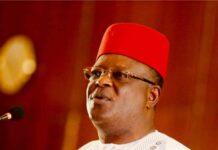Nigeria Spent 97% Of Revenue On Debt Servicing– 2020 Report
POLITICS DIGEST –The report says all FG’s salaries, overhead were financed with loans, CBN support.
Debt servicing obligations gulped 97 percent of the Nigerian government’s total revenue in 2020, a report has shown.
According to BudgIT, a civic-tech non-profit organisation, of the N3.42 trillion generated as revenue, Nigeria expended N3.34 trillion on debt servicing.
The report said total expenditure stood at N10.01 trillion.
“This means nearly all FG’s salaries, overhead & CAPEX (Capital Expenditure) were financed with loans & CBN support,” the civic group said.
According to BudgIT’s “2020 Budget Implementation Analysis” report released on Friday, N4.65 trillion was spent on non-debt recurrent expenditure.
“In 2020, FG projected a total revenue of N5.37tn; however, the actual total revenue eventually stood at N3.42tn. This represents a 63.71% revenue performance,” BudgIT said.
Read Also:
“The cost of servicing FG’s debt is drowning Nigeria as the cost continues to grow, gulping a total of N3.34tn (97%) from the total revenue.”
The Nigerian government’s revenue from oil however recorded a significant boost of N1.41 trillion, surpassing the oil revenue projections of N1.01 trillion.
Revenue in the non-oil sector stood at N1.26 trillion as against the projections of 1.62 trillion.
Nigeria’s management of COVID-19 fund lacks ‘framework for accountability’ – Budgit
The report said the government’s total expenditure of N10.01 trillion represents 93 percent performance, when compared with the budgeted amount of N10.81 trillion.
The report added that capital expenditure keeps getting the short end of the stick, as only N1.60tn was devoted to capital projects in 2020.
“This is not acceptable!” the organisation said on Friday.
“Recall that FG had a CAPEX plan (exclusive of transfers) of N2.69tn, this means only 59.5% (slightly over half) of the 2020 projection was actualised.
“The budget of N428.03 for Statutory Transfers in 2020 was disbursed. However, there is no breakdown or implementation report of how this money was spent/disbursed.”

















